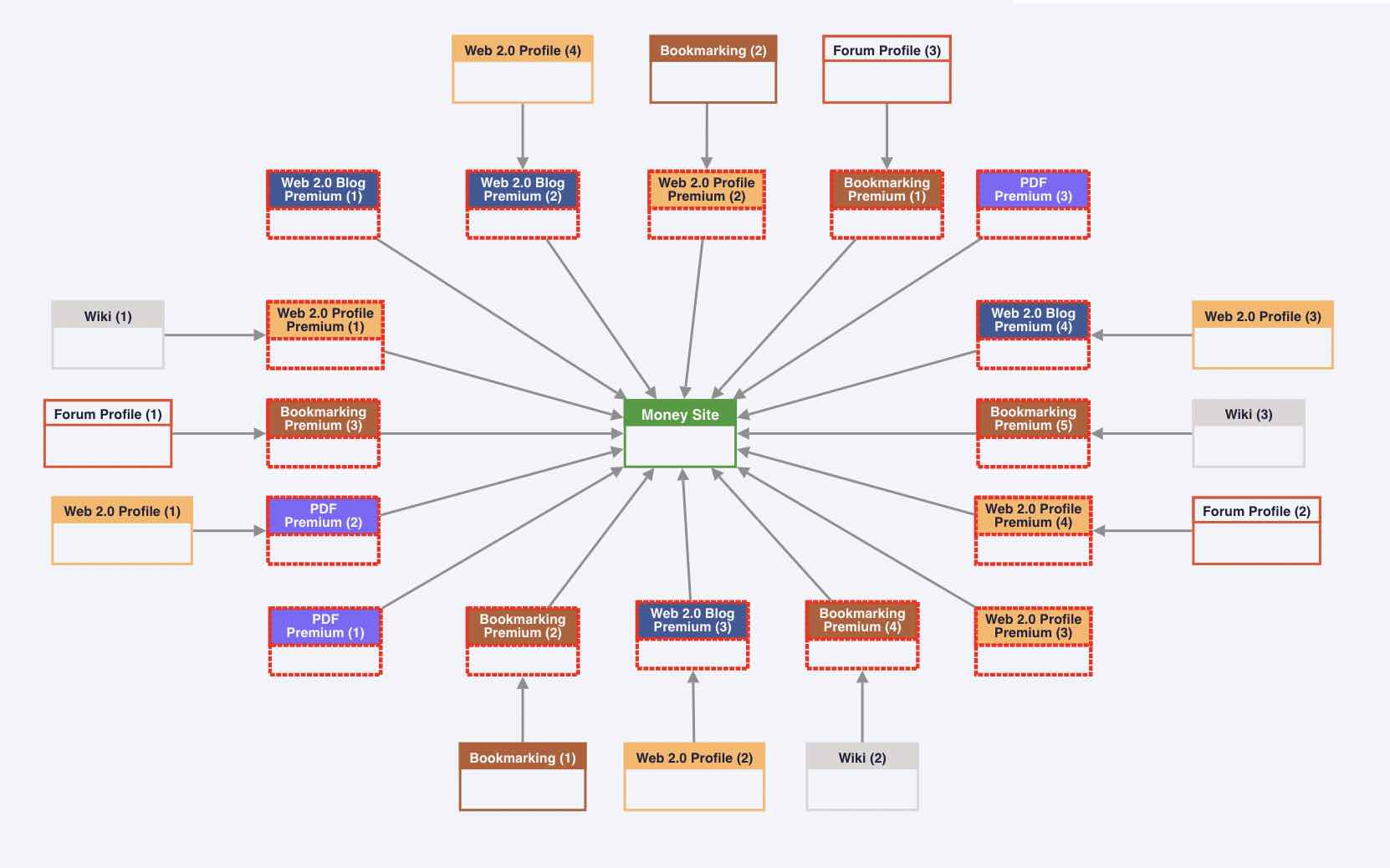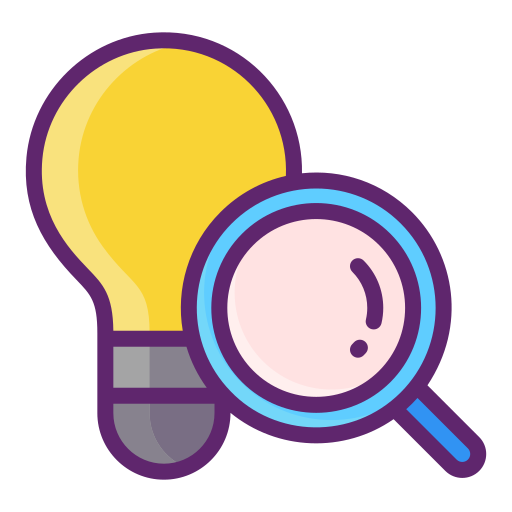Guide To Marketing Content Planner: The Intermediate Guide Towards Mar…
페이지 정보

본문
The Importance of a Marketing Content Planner
 Content planners are accountable for creating a vision of content creation, publication and distribution. They are also accountable for evaluating and tracking strategy effectiveness.
Content planners are accountable for creating a vision of content creation, publication and distribution. They are also accountable for evaluating and tracking strategy effectiveness.
This type of content informs the audience on the products and services offered by the company. It also helps the audience to solve problems and meet their needs.
A marketing content planner could be a spreadsheet or third-party tool. The difference is in the way you utilize it.
1. Identify Your Goals
Benjamin Franklin's famous phrase "If you don't prepare, you're planning for failure" is a fact. Structure, workflow efficiency and clear communication are required to transform a visionary strategy into a highly efficient content marketing engine.
One of the most important steps in this process is identifying your goals. Start with the most basic business goals or employ the SMART framework to make them more specific and actionable. This is also a great time to look over your current content goals and ensure they are in line with the current strategy.
Having a clear understanding of your objectives will help you monitor how well each piece of content performs. This will allow you to identify which elements are working and which requires improvement and allow you to make necessary adjustments and improve the overall performance. This will ensure that you reach your overall goals and provide quality content to your customers.
2. Identify Your Audience
Knowing your audience can aid in creating content that is relevant, engaging and effective. The best way to do this is through conducting research and identifying the traits of your ideal customer personas. This can be done through surveys, data analysis, and other methods for gathering data about your customers.
You can then use the results of your research to identify the content types that will be the most efficient for you and your business. This could include anything from blog posts and social media posts to podcasts and webinars. Once you've decided the most effective formats, you can start creating your strategy for content.
A tool for content planning will assist you in keeping on top of marketing goals and make sure that the appropriate people are working on the most relevant projects. It can also boost productivity by allowing teams to stay focused on what's important and avoiding distractions. It's simple to start by downloading a no-cost Content Analysis Report from CopyPress today.
3. Find Your Ideal Platforms
It's crucial to adapt your content for the platform you prefer. Instagram users want aesthetically pleasing visuals, whereas TikTok users enjoy stylish short-form videos. You can determine the preferred platforms of your target audience through conducting market research.
An effective marketing content planner will outline all the steps needed to turn your ideas into a finished asset. It will give you a framework to achieve your goals and ensure that everyone in your team is on board.
A content planning tool such as Monday and Kapost can aid in this by allowing you create tasks, assign them to others, collaborate and track progress on a single dashboard. There are other more advanced tools, such as Wrike, that provide drop-down menus and provide a table with actionable items, a message board, and a project-wide timeline. Both come with a no-cost version, and more extensive subscriptions for teams that need more advanced capabilities.
4. Identify Your Content Types
A content planner is a great tool for any person, whether you're an individual influencer or a team of marketers in a large company. It helps you stay organized and ensures that everyone is on the right page. It's also a great method to manage content for long time-based projects, such as quarterly or annual campaigns.
A well-designed content plan will assist you in determining the kinds of content that need to be created and how they should be executed. This includes determining the format your content should be presented in, such as blog posts, infographics, podcasts, case studies, or social media press releases. This should include a timeline of when these pieces are expected to be produced and published.
You should also be keeping track of the metrics that relate to your content marketing goals, such as traffic and engagement. This will enable you to review your results and make adjustments. Using a program like Ahrefs can help you see what's working and what's not. It can also give you insights into your competitors' performance.
5. Identify Your Content objectives
If you've set clear content objectives Your team can remain on track and make sure they're meeting their objectives. Clare goals will help you reach your goals for content marketing, whether it's to increase the number of visitors to your blog by updating posts or increase customer retention through the organization of webinars.
A good content planner will help you define your objectives by laying out an organized workflow and allowing for collaboration. It can also incorporate tools like image-generating software, text-to-image instructions, or social management apps, to streamline the process.
A marketing content planner will aid you in identifying your metrics, key performance indicators (KPIs), and other important factors. This will allow you to evaluate the effectiveness of your content and make adjustments to improve your marketing campaign. Bounce rate, website traffic and social media shares are examples of measurable metrics. These metrics should all be monitored throughout the lifecycle of your content including production, publication and distribution.
6. Identify Your Resources
A well-thought-out content strategy won't be effective when you don't have the resources to implement it. When planning, ensure that you have enough money to complete the tasks you have outlined. This may include salary or team payments and production costs for the web space and materials and paid marketing strategies.
Once you have the budget in place, you can start assigning responsibilities to each job. You might assign various employees to do keyword research, copywriting and editing as well as design. Additionally, Sprout can be used to automate the process of scheduling your content across multiple platforms.
You can connect your social media accounts using the Sprout tool and schedule posts for Twitter, Facebook, Instagram, LinkedIn company pages and Google Business Profiles all from one dashboard. The scheduling tools of Sprout also have an image library to make it easier to manage the management of assets and cut down time in the process of creating.
7. Find Your Key Performance Indicators
If you're planning to invest a lot of time creating digital content marketing agency, it's crucial that your marketing efforts are rewarded. The right way to identify and track the performance indicators will help you measure the effectiveness of your content and improve your performance over time.
For instance for a return customers is a popular KPI employed by content marketers. This metric can be used to determine how effective your content is in converting customers into customers, and it can be used to determine any areas that could be improved for future campaigns.
It's also important to establish the type of content you will create based on both your goals and target audience. This could include blog articles videos, infographics, or posts on social media. Once you've identified different content formats you need to create a plan for each one that includes frequency and distribution. This will ensure that your content is noticed by the appropriate people at the right times.
8. Find Your Methods for Tracking
A marketing content planner is a valuable tool for any company looking to improve their marketing content writer strategy. It helps you keep the track of your goals for marketing as well as your audience and your resources, while also giving you the ability to measure your strategy's effectiveness over time.
A social media content calendar can help you decide the time when your posts are scheduled to be published, which can help ensure that your content is posted regularly. It also allows you to prepare for holidays or events that may affect your audience's engagement.
A keyword content strategy is a great tool to optimize your SEO strategies. It can help you determine the best keywords for your content and increase your visibility and search engine rankings. It will also help you evaluate the effectiveness of your keyword content strategy over time.
9. Find Your Measurements
Regardless of whether you choose to organize your content according to keywords or themes, your marketing plan should help you identify the most important metrics for each piece. This will allow you to determine how effective your content has been, so that you can continuously improve it. A cloud-based marketing content planner, such as Optimizely CMP can help you manage collaboration between team members and create reports that are useful for making future content planning decisions.
 Content planners are accountable for creating a vision of content creation, publication and distribution. They are also accountable for evaluating and tracking strategy effectiveness.
Content planners are accountable for creating a vision of content creation, publication and distribution. They are also accountable for evaluating and tracking strategy effectiveness.This type of content informs the audience on the products and services offered by the company. It also helps the audience to solve problems and meet their needs.
A marketing content planner could be a spreadsheet or third-party tool. The difference is in the way you utilize it.
1. Identify Your Goals
Benjamin Franklin's famous phrase "If you don't prepare, you're planning for failure" is a fact. Structure, workflow efficiency and clear communication are required to transform a visionary strategy into a highly efficient content marketing engine.
One of the most important steps in this process is identifying your goals. Start with the most basic business goals or employ the SMART framework to make them more specific and actionable. This is also a great time to look over your current content goals and ensure they are in line with the current strategy.
Having a clear understanding of your objectives will help you monitor how well each piece of content performs. This will allow you to identify which elements are working and which requires improvement and allow you to make necessary adjustments and improve the overall performance. This will ensure that you reach your overall goals and provide quality content to your customers.
2. Identify Your Audience
Knowing your audience can aid in creating content that is relevant, engaging and effective. The best way to do this is through conducting research and identifying the traits of your ideal customer personas. This can be done through surveys, data analysis, and other methods for gathering data about your customers.
You can then use the results of your research to identify the content types that will be the most efficient for you and your business. This could include anything from blog posts and social media posts to podcasts and webinars. Once you've decided the most effective formats, you can start creating your strategy for content.
A tool for content planning will assist you in keeping on top of marketing goals and make sure that the appropriate people are working on the most relevant projects. It can also boost productivity by allowing teams to stay focused on what's important and avoiding distractions. It's simple to start by downloading a no-cost Content Analysis Report from CopyPress today.
3. Find Your Ideal Platforms
It's crucial to adapt your content for the platform you prefer. Instagram users want aesthetically pleasing visuals, whereas TikTok users enjoy stylish short-form videos. You can determine the preferred platforms of your target audience through conducting market research.
An effective marketing content planner will outline all the steps needed to turn your ideas into a finished asset. It will give you a framework to achieve your goals and ensure that everyone in your team is on board.
A content planning tool such as Monday and Kapost can aid in this by allowing you create tasks, assign them to others, collaborate and track progress on a single dashboard. There are other more advanced tools, such as Wrike, that provide drop-down menus and provide a table with actionable items, a message board, and a project-wide timeline. Both come with a no-cost version, and more extensive subscriptions for teams that need more advanced capabilities.
4. Identify Your Content Types
A content planner is a great tool for any person, whether you're an individual influencer or a team of marketers in a large company. It helps you stay organized and ensures that everyone is on the right page. It's also a great method to manage content for long time-based projects, such as quarterly or annual campaigns.
A well-designed content plan will assist you in determining the kinds of content that need to be created and how they should be executed. This includes determining the format your content should be presented in, such as blog posts, infographics, podcasts, case studies, or social media press releases. This should include a timeline of when these pieces are expected to be produced and published.
You should also be keeping track of the metrics that relate to your content marketing goals, such as traffic and engagement. This will enable you to review your results and make adjustments. Using a program like Ahrefs can help you see what's working and what's not. It can also give you insights into your competitors' performance.
5. Identify Your Content objectives
If you've set clear content objectives Your team can remain on track and make sure they're meeting their objectives. Clare goals will help you reach your goals for content marketing, whether it's to increase the number of visitors to your blog by updating posts or increase customer retention through the organization of webinars.
A good content planner will help you define your objectives by laying out an organized workflow and allowing for collaboration. It can also incorporate tools like image-generating software, text-to-image instructions, or social management apps, to streamline the process.
A marketing content planner will aid you in identifying your metrics, key performance indicators (KPIs), and other important factors. This will allow you to evaluate the effectiveness of your content and make adjustments to improve your marketing campaign. Bounce rate, website traffic and social media shares are examples of measurable metrics. These metrics should all be monitored throughout the lifecycle of your content including production, publication and distribution.
6. Identify Your Resources
A well-thought-out content strategy won't be effective when you don't have the resources to implement it. When planning, ensure that you have enough money to complete the tasks you have outlined. This may include salary or team payments and production costs for the web space and materials and paid marketing strategies.
Once you have the budget in place, you can start assigning responsibilities to each job. You might assign various employees to do keyword research, copywriting and editing as well as design. Additionally, Sprout can be used to automate the process of scheduling your content across multiple platforms.
You can connect your social media accounts using the Sprout tool and schedule posts for Twitter, Facebook, Instagram, LinkedIn company pages and Google Business Profiles all from one dashboard. The scheduling tools of Sprout also have an image library to make it easier to manage the management of assets and cut down time in the process of creating.
7. Find Your Key Performance Indicators
If you're planning to invest a lot of time creating digital content marketing agency, it's crucial that your marketing efforts are rewarded. The right way to identify and track the performance indicators will help you measure the effectiveness of your content and improve your performance over time.
For instance for a return customers is a popular KPI employed by content marketers. This metric can be used to determine how effective your content is in converting customers into customers, and it can be used to determine any areas that could be improved for future campaigns.
It's also important to establish the type of content you will create based on both your goals and target audience. This could include blog articles videos, infographics, or posts on social media. Once you've identified different content formats you need to create a plan for each one that includes frequency and distribution. This will ensure that your content is noticed by the appropriate people at the right times.
8. Find Your Methods for Tracking
A marketing content planner is a valuable tool for any company looking to improve their marketing content writer strategy. It helps you keep the track of your goals for marketing as well as your audience and your resources, while also giving you the ability to measure your strategy's effectiveness over time.
A social media content calendar can help you decide the time when your posts are scheduled to be published, which can help ensure that your content is posted regularly. It also allows you to prepare for holidays or events that may affect your audience's engagement.
A keyword content strategy is a great tool to optimize your SEO strategies. It can help you determine the best keywords for your content and increase your visibility and search engine rankings. It will also help you evaluate the effectiveness of your keyword content strategy over time.
9. Find Your Measurements
Regardless of whether you choose to organize your content according to keywords or themes, your marketing plan should help you identify the most important metrics for each piece. This will allow you to determine how effective your content has been, so that you can continuously improve it. A cloud-based marketing content planner, such as Optimizely CMP can help you manage collaboration between team members and create reports that are useful for making future content planning decisions.
- 이전글The 10 Most Terrifying Things About Green Power Electric Mobility Scooter 25.04.01
- 다음글Using uPVC Cat Flap Door Panels 25.04.01
댓글목록
등록된 댓글이 없습니다.





 스포츠토토 유용한 정보
스포츠토토 유용한 정보  가상경기 배팅게임
가상경기 배팅게임 